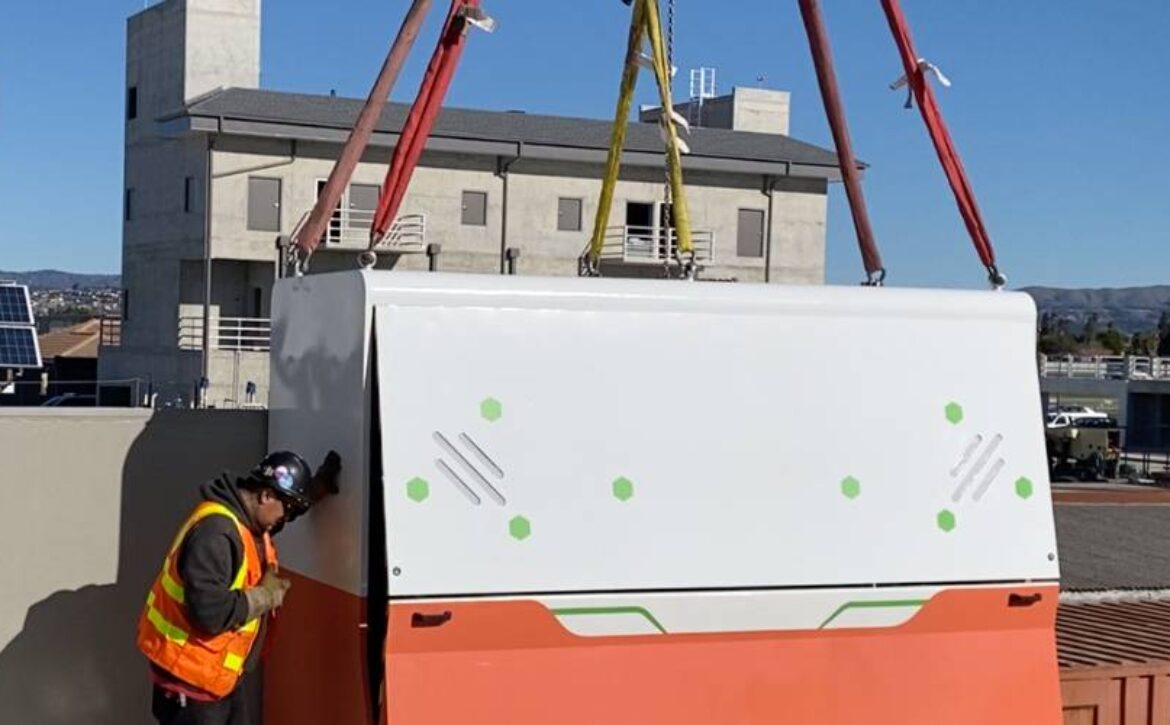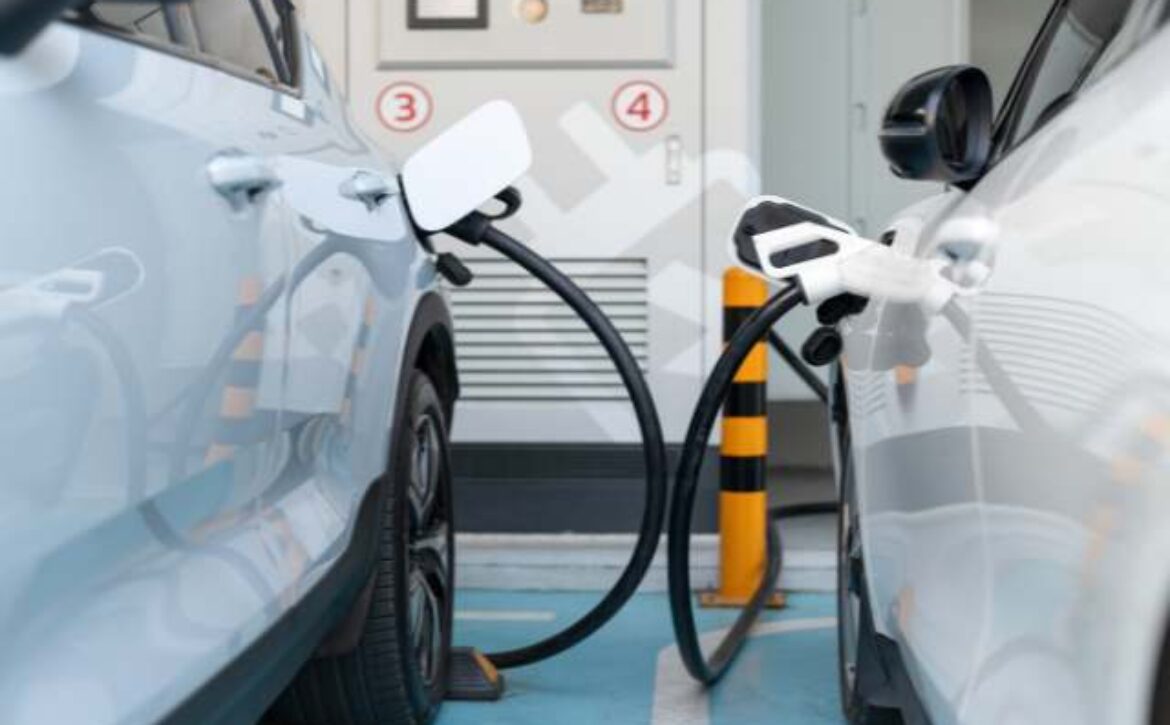Microplastics in the brain: a growing crisis & how renewable energy can help
It’s unsettling but true, microplastics are everywhere. They’ve been found in our oceans, soil, air, indoor house dust, cosmetics, and even in the food we eat. But now, scientists are discovering them in places we never imagined—deep inside human organs, and most alarmingly, in the brain. The implications of this are profound, not just for individual health but for the future of public health and environmental sustainability.
Microplastics and the brain: the unseen invasion
Recent studies have revealed something deeply disturbing: microplastics—tiny plastic particles less than 5mm in size—are breaching biological barriers once thought impenetrable, including the blood-brain barrier. This is no longer a distant environmental issue; it’s an internal crisis, a silent invasion of the most vital organ in our bodies.
Think about it. With every breath, every sip of water, every bite of food, we may be unknowingly consuming plastic fragments that work their way into our bloodstream and settle in our brains. The consequences? Inflammation, cognitive decline, and a yet-unknown impact on neurological diseases like Alzheimer’s and Parkinson’s. We are just beginning to grasp the long-term implications, but do we really have the luxury of waiting?
Where are these microplastics coming from?
Microplastics are insidious, lurking in places we rarely suspect. Their sources include:
Industrial pollution: Factories spewing plastic particles into our air and waterways.
Fossil fuel-based energy: The production and burning of plastic release microplastics into the atmosphere, turning our very air into a delivery system for plastic waste.
Synthetic clothing: Every wash, every wear sheds microscopic plastic fibers into our water systems.
Food packaging and bottled water: With every sip from a plastic bottle, we ingest tiny fragments that may never leave our bodies.
Tires and road dust: Our roads are coated in plastic debris from tire wear, and every gust of wind disperses it further.
Renewable Energy: A radical solution to a growing crisis
Plastic is a byproduct of fossil fuels. Nearly 99% of plastics are made from oil, gas, and coal. As long as we rely on fossil fuels, we are feeding the monster of plastic pollution. But there is a way out. Switching to renewable energy is more than just about cutting carbon—it’s about stopping plastic at its source. Here’s how:
Shutting Off the plastic pipeline: Fossil fuel companies are also plastic producers. Transitioning to renewables starves the plastic industry of its raw materials.
Ending airborne plastic pollution: Every time we burn fossil fuels, we’re releasing not only CO2 but also plastic particles into the air we breathe. A shift to renewables means cleaner air, fewer airborne toxins, and less microplastic contamination.
Revolutionizing waste management: Renewable energy can power next-generation recycling plants that actually work—keeping plastic out of landfills, water sources, and, ultimately, our bodies.
Fueling innovation in plastic alternatives: Sustainable, biodegradable alternatives to plastic require clean energy to scale. Renewables make it possible to replace plastic with plant-based, compostable materials that won’t break down into toxic microplastics.
Rethinking transportation: Fossil-fueled transportation contributes heavily to microplastic pollution through tire wear. Investing in electric vehicles and sustainable transit solutions dramatically cuts down on this invisible yet pervasive source of plastic waste.
We are running out of time
Let’s be honest—there is no escaping the reality that microplastics are inside us. But the real question is, how much worse are we willing to let it get? This crisis won’t fix itself. There is no magical cleanup effort that will reverse the damage. The only real solution is prevention. And prevention starts with ending our reliance on fossil fuels.
Renewable energy isn’t just an environmental choice anymore—it’s a necessity for survival. The more we delay, the more plastic we let seep into our bodies, into future generations, into the very essence of life.
The battle against microplastics isn’t just about plastic—it’s about energy, industry, and the choices we make today. Do we choose a cleaner, healthier future? Or do we allow plastic to take over our bodies and brains, one invisible particle at a time?
The time to act is now. The cost of inaction? Unthinkable.






